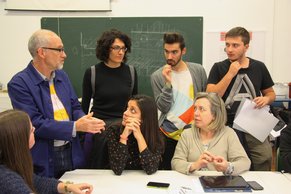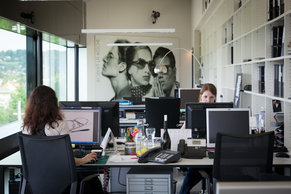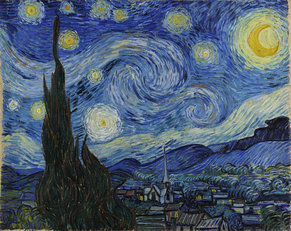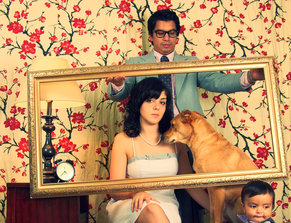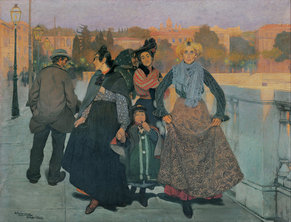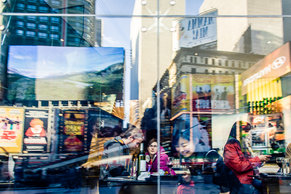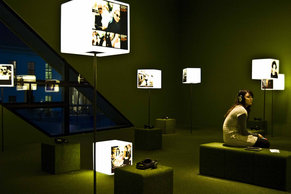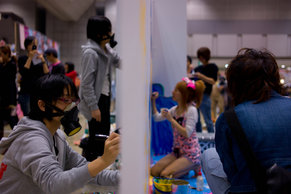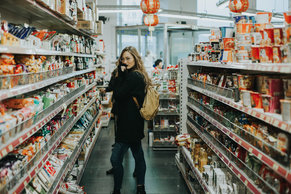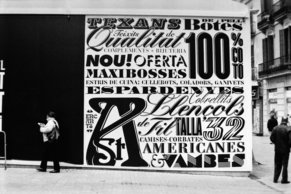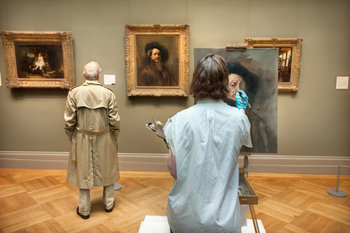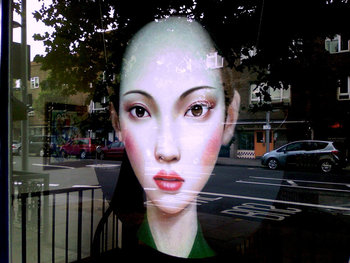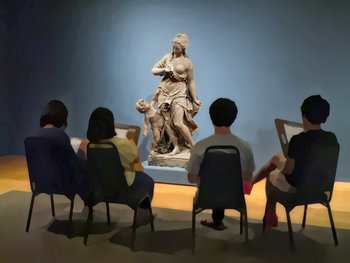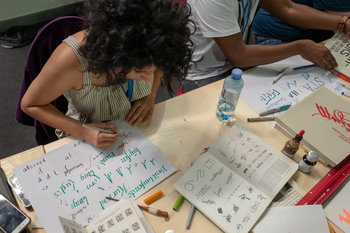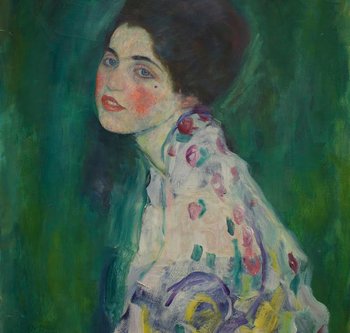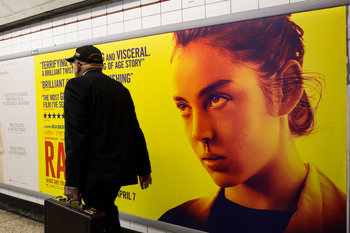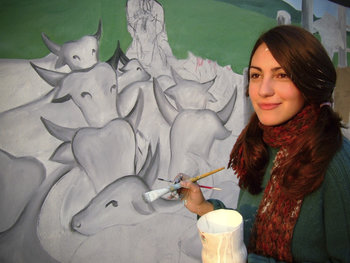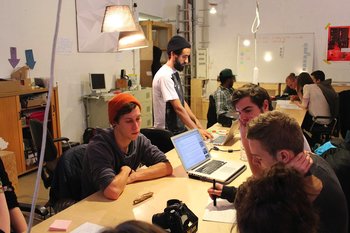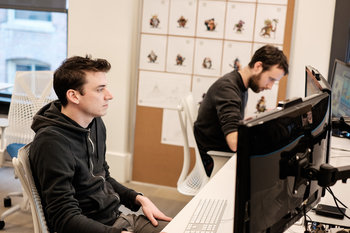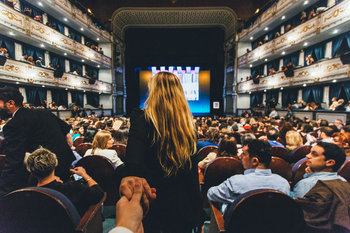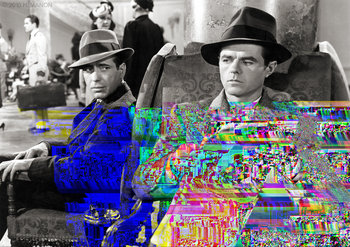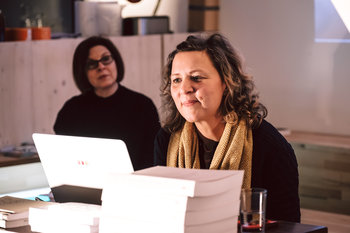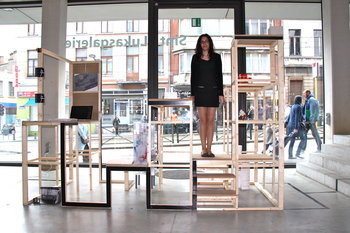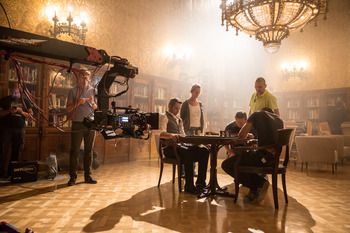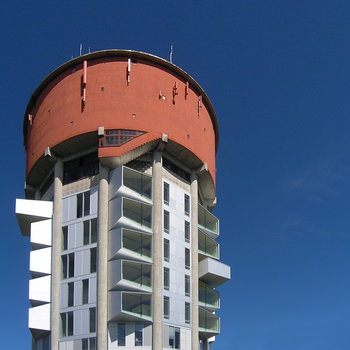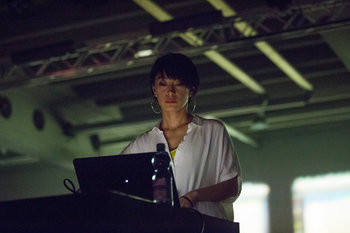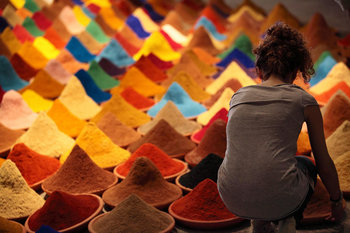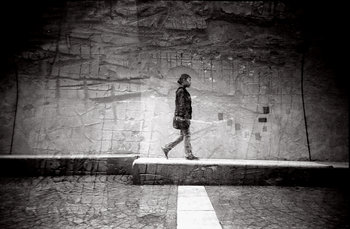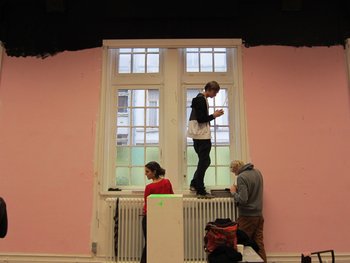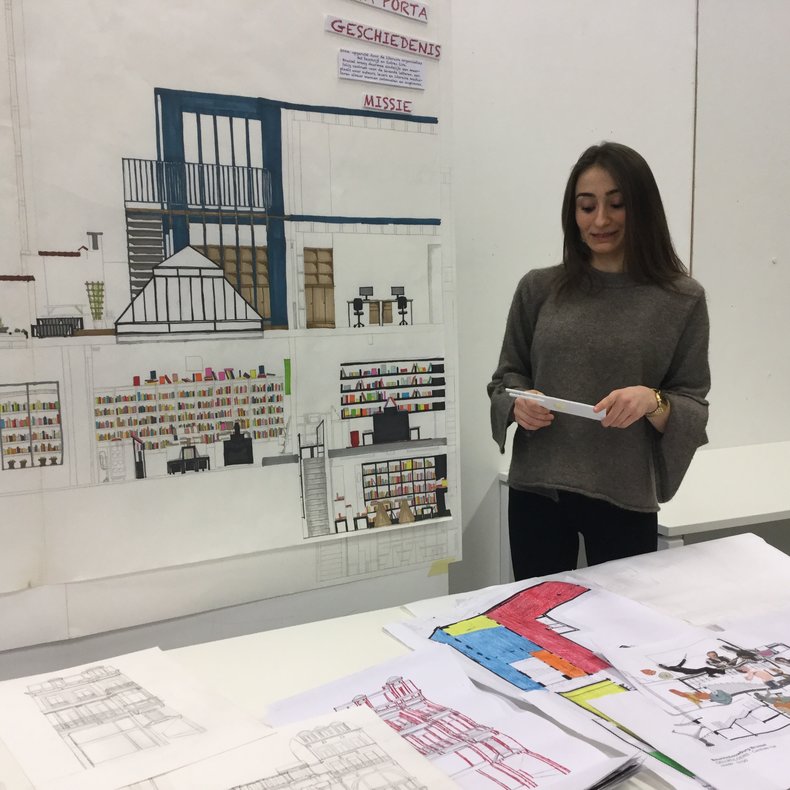
Alignment | Asymmetry |
Background | Balance |
Branding | Color |
Color temperature | Consistency |
Contrast | Depth |
Dominance | Emphasis |
Focal point | Foreground |
Grid | Harmony |
Hierarchy | Lightness and darkness |
Line | Movement |
Navigation | Negative space |
Pattern | Perspective |
Proportion | Repetition |
Rhythm | Saturation |
Scale | Shadows |
Shape | Space |
Stability | Storytelling |
Symmetry | Texture |
Typography | Unity |
Visual flow | Visual weight |
Color Theory
Color theory is a body of knowledge about color and its effects that can be useful for selecting colors and developing color schemes.
Analogous Color
Colors that sit next to each other on a color chart that have a similar hue such as yellow and light orange.
Chroma
Chroma is the purity of a color defined as its freedom from tints of white or shades of black. A color that isn't blended with white and black is known as a chromatic color.
Color Harmony
Color harmony is the art of determining which sets of colors match or clash with each other. It's influenced by cultural symbols, emotions and other cognitive factors.
Color Temperature
People view certain colors as warm and others as cool. This corresponds to the colors of elements such as red for fire and blue for water.
Complementary Colors
Colors that cancel each other out when blended to produce a grayscale color between white and black. Pairs of complementary colors have high contrast with one another other. Complementary colors are often used to maximize visibility.
Hue
A hue is any pure color produced from a combination of primary colors. It is common for color selection tools such as color wheels to display a variety of hues.
Lightness
The perceived brightness of a color compared to a perfectly white background. Measured on a scale from light to dark.
Monochromatic Color
A set of colors that all have the same hue with different levels of tinting and shading.
Saturation
Saturation is the perceived intensity of a color viewed directly without a background. Measured on a scale from bright to dull.
Tints & Shades
A tint is any color that is blended with white and a shade is any color that is blended with black. In general, tints and shades are less colorful than a pure hue.
Layout
Layout is the arrangement of a design or creative work. This includes content layouts such as the pages of a newspaper and the layout of writing, music and visual art. In the context of creative works, layout is often referred to as composition. The following techniques apply to both physical layouts such as architecture and visual layouts such as the composition of a photograph.
Adaptability
How well a design handles change on a scale from static to dynamic.
A design element that is meant to catch the eye. Often used to create a sense of order and focus.
Hierarchy
A design that classifies things into a tree-like structure with branches. The opposite approach is to keep a design flat with a minimal structure.
Shape & Form
Shape and form are the physical dimensions of design elements in 2D and 3D respectively.
The unfilled elements of a design that nonetheless may have important functions and aesthetic qualities.
Stability
A tradeoff between designs that stay the same as you use them and those that move or are continually updated.
Style
Style is a distinctive character that comes through in a body of creative work.
Symmetry
Symmetry is a design approach that makes opposite sides of something the same. It is typically achieved by using symmetrical shapes such as rectangles. The opposite approach, asymmetry uses irregular shapes that are more difficult to layout but that may have visual appeal.
Texture
Texture is how something feels or is perceived to feel.
Unity
Unity is a design strategy that gives elements of a design the same structure and appearance.
Variety
A design strategy that embraces diversity of structure and appearance across a design.
| Overview: Visual Design | ||
Type | ||
Definition | The creation of visual works. | |
Related Concepts | ||

